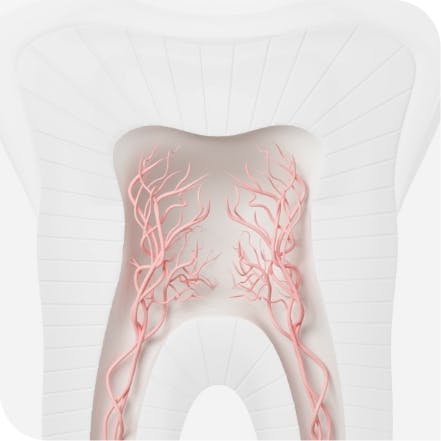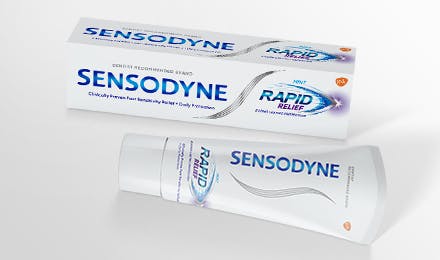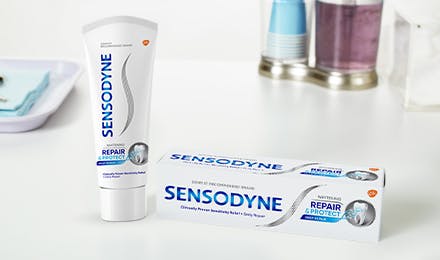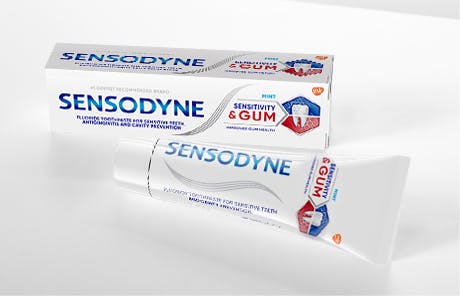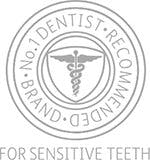Five Reasons Why Your Teeth Hurt After Flossing

Cleaning between the teeth is an important, yet often forgotten step in daily oral hygiene routines. Some people experience pain in their gums and teeth after flossing, which discourages them from doing it every day. Pain from flossing, or interdental cleaning, is a common problem that makes it more difficult to properly maintain your oral health. While it may not be fun to deal with pain when cleaning your mouth, flossing is too important of a process to skip. Thankfully, there are several explanations for what could be causing this pain, many of which can be fixed.
What causes your teeth to hurt when you floss? Continue reading to learn what could be causing the pain and how you can prevent it.
Why Is Flossing So Important?
Before going into the reasons why your teeth may hurt after flossing, you should know why flossing is so important. Cleaning in between your teeth helps to further reduce the likelihood of gum disease and tooth decay.1 When we brush our teeth, the bristles on our toothbrushes cannot reach the surfaces between the teeth.1 Using an interdental cleaner, like dental floss, helps to remove plaque and food that gets stuck between the teeth.1 Plaque that is not removed from the teeth hardens into tartar, which can only be removed by a dental professional.1 The formation of tartar makes it harder to clean your teeth and leads to gingivitis, the early stage of gum disease.1
Ways That Flossing Can Cause Pain
Getting plaque and other debris out of your teeth doesn’t have to hurt. Knowing what’s causing the pain that occurs when you floss is the first step to having a pain-free flossing experience. Some possible reasons for pain after flossing include:
1. Not Flossing Enough
If you don’t clean between your teeth often, it may take a second for your teeth to get used to it. Feeling pain or discomfort after flossing for the first time is normal.2 Getting adjusted to a regular cleaning process may be a little painful, but it’s important to stick with it. Once you establish a regular brushing and interdental cleaning routine, the pain should go away within a week or two.2 If you continue feeling pain after more than two weeks, talk to your dentist or dental hygienist to find out what could be the problem.2
2. Improper Flossing Technique
Do you floss regularly but still feel pain? Chances are, you may be flossing incorrectly. If you’re doing it too hard, you may be damaging the tissue between your teeth.2 Be sure to not be too gentle either, because then you may not be getting everything out.2 When using dental floss, be sure to guide the thread between the teeth by using a zig-zag motion and gently wrap around the side of the tooth.3 Some people also have trouble holding dental floss or feel awkward using it. If you find using dental floss to be difficult, discuss with your dental hygienist about using alternative interdental cleaning devices.3
There’s no right or wrong time to floss. When you want to floss is up to you – some people like to brush their teeth before flossing, while others prefer flossing after brushing.1
3. Flossing with the Wrong Devices
It might seem like a given that flossing is typically done with dental floss or other traditional flossing tools. However, if you have a nagging piece of food stuck between your teeth, it can be hard to resist the urge to find whatever you have on hand to remove it. One study shows that most Americans have used unusual items to clean between their teeth at some point.2 Some of these items include fingernails, folding paper, cutlery, safety pins and even strands of hair.2 In fact, 42 percent of people who used these unconventional items also reported that they experienced pain.2 In order to effectively clean between the teeth and minimize the risk of pain, stick to using tools that are meant to be used for interdental cleaning such as dental picks, dental floss, tiny interdental brushes and water flossers.2
4. Gum Disease and Tooth Decay
Gum disease and tooth decay can generally cause pain in your teeth. Two common symptoms of gum disease are red and swollen gums that bleed easily when brushing or flossing.4 While there is typically no discomfort with gingivitis, the earliest stage of gum disease, later stages of gum disease can cause irritation and stimulate a chronic inflammatory response where the tissues and bones that support the teeth are destroyed.4 Symptoms of tooth decay include toothaches, infections that can lead to a painful abscess, and tooth pain.5 If you suspect that you have either of these conditions, schedule an appointment with your dentist for further examination.
5. Sensitive Teeth
Tooth sensitivity doesn’t just affect you when you’re eating hot or cold foods. If you have tooth sensitivity, brushing and flossing may occasionally cause you to wince in pain.6 Your teeth may become more sensitive when your enamel, or the protective layer on your teeth wear away and dentin is exposed.6 Dentin contains microscopic tubules, and these tubules allow temperatures and acidic foods to reach the nerves and cells inside the tooth.6 Tooth decay, fractured teeth and worn fillings are some examples of conditions that can cause sensitivity.6 The type of treatment depends upon what is causing the sensitivity. Your dentist may suggest one of a variety of treatments such as a desensitizing toothpaste to use at home.6 Desensitizing toothpastes contain ingredients that can help block sensations from the tooth surface to the nerve.6
If you are experiencing sensitive teeth, try brushing with a desensitizing toothpaste like Sensodyne Sensitivity & Gum Fresh & Clean Toothpaste. Sensodyne Sensitivity & Gum is a dual action toothpaste that is formulated to relieve tooth sensitivity and improve gum health. By building a layer over sensitive areas—effectively relieving tooth sensitivity—* this toothpaste targets and removes plaque bacteria** to improve gum health. For a toothpaste that helps relieve sensitivity* while gently removing stains for whiter teeth, try Sensitivity & Gum Whitening Toothpaste.
If you are experiencing pain when cleaning between your teeth, make sure that you are flossing properly and regularly. Consult with your dentist to find out what can be causing the pain or what you may be doing wrong. Visit the Sensodyne website for more oral health tips and to learn about sensitivity relief products.
*with twice daily brushing
**plaque bacteria associated with gingivitis to help reduce swollen, bleeding gums.
Source Citations
- Floss/Interdental Cleaners. American Dental Association. https://www.ada.org/resources/research/science-and-research-institute/oral-health-topics/floss Accessed 8/24/2022.
- How often should I floss my teeth? American Dental Association. https://www.mouthhealthy.org/en/az-topics/f/flossing Accessed 8/24/2022.
- Proper Flossing. American Dental Hygienists’ Association. https://www.adha.org/resources-docs/7222_Proper_Flossing.pdf Accessed 8/24/2022.
- Gum Disease Information. American Academy of Periodontology. https://www.perio.org/for-patients/gum-disease-information/ Accessed 8/24/2022.
- Tooth Decay. MedlinePlus. https://medlineplus.gov/toothdecay.html Accessed 8/24/2022.
- Sensitive Teeth. American Dental Association. https://www.mouthhealthy.org/en/az-topics/s/sensitive-teeth Accessed 8/24/2022.
